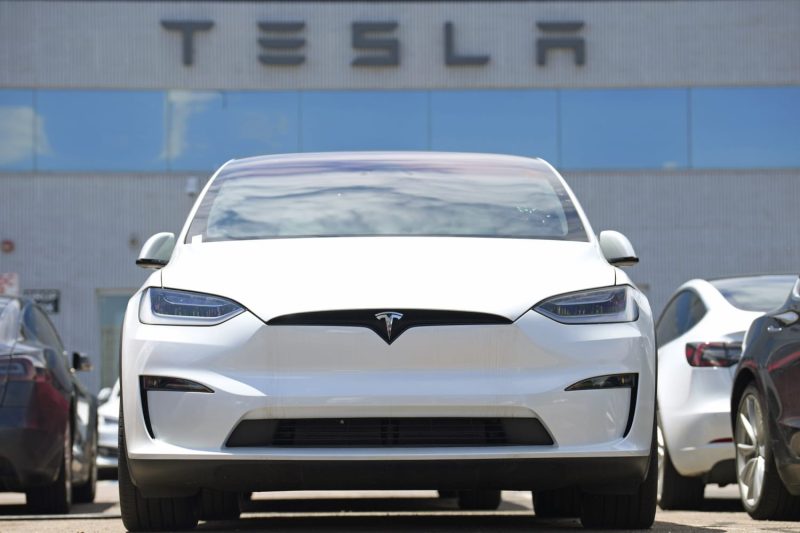The recent announcement of job cuts at Tesla has sparked concerns on Wall Street, raising speculation about the electric vehicle (EV) maker’s demand trajectory. While some analysts argue that the job cuts are a strategic move aimed at optimizing operations, others see it as a red flag signaling underlying issues with consumer demand for Tesla’s products. This development has cast a shadow over Tesla’s financial stability and growth potential, prompting investors and industry insiders to closely monitor the company’s performance in the coming months.
The decision to reduce its workforce comes at a time when Tesla is facing increasing competition in the EV market from traditional automakers and new entrants. With major players like Ford, General Motors, and Volkswagen ramping up their efforts in the electrification space, Tesla’s market share and profitability could be at risk if it fails to maintain a strong customer base and drive sustainable growth. The job cuts suggest that Tesla may be adjusting its operations to adapt to market dynamics and streamline its cost structure in response to evolving industry challenges.
Moreover, concerns about Tesla’s demand problem are magnified by the global semiconductor shortage, which has disrupted supply chains across various industries, including automotive manufacturing. The shortage has constrained production capacity for EVs, leading to delays in deliveries and potential revenue impact for companies like Tesla. As a result, Tesla’s ability to meet customer demand and fulfill orders in a timely manner could be compromised, further exacerbating the perceived demand challenge facing the company.
In addition to the external factors influencing Tesla’s performance, internal issues such as production bottlenecks, quality control concerns, and regulatory challenges have also contributed to the company’s reputation and operational efficiency. Addressing these issues will be critical for Tesla to regain investor confidence, strengthen its market position, and sustain long-term growth in the competitive EV landscape. By enhancing its operational agility, optimizing its supply chain management, and prioritizing customer satisfaction, Tesla can mitigate the impact of market uncertainties and position itself for success in the rapidly evolving automotive industry.
Looking ahead, Tesla’s ability to navigate the complexities of the EV market, adapt to changing consumer preferences, and drive innovation in sustainable transportation will determine its future trajectory and competitive advantage. As the company strives to overcome challenges, enhance its brand credibility, and deliver value to customers, stakeholders will closely monitor Tesla’s performance and strategic decisions to assess its growth prospects and long-term viability in the dynamic automotive sector.
In conclusion, while the job cuts at Tesla have raised concerns about the company’s demand problem and financial outlook, they also present an opportunity for Tesla to realign its operations, optimize efficiency, and refocus on its core mission of accelerating the world’s transition to sustainable energy. By addressing internal and external challenges proactively, Tesla can strengthen its market position, build resilience against industry headwinds, and unlock new growth opportunities in the evolving EV landscape. Despite the uncertainties that lie ahead, Tesla’s commitment to innovation, sustainability, and customer-centricity will be key drivers of its success and competitive differentiation in the dynamic automotive industry.



























